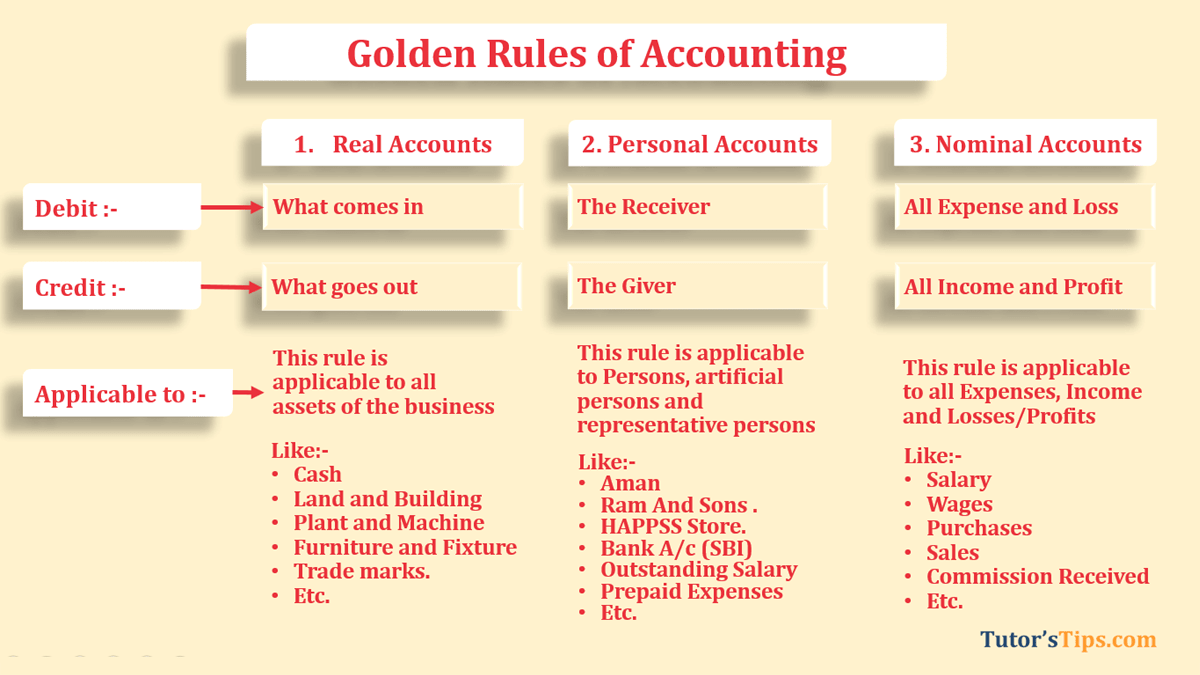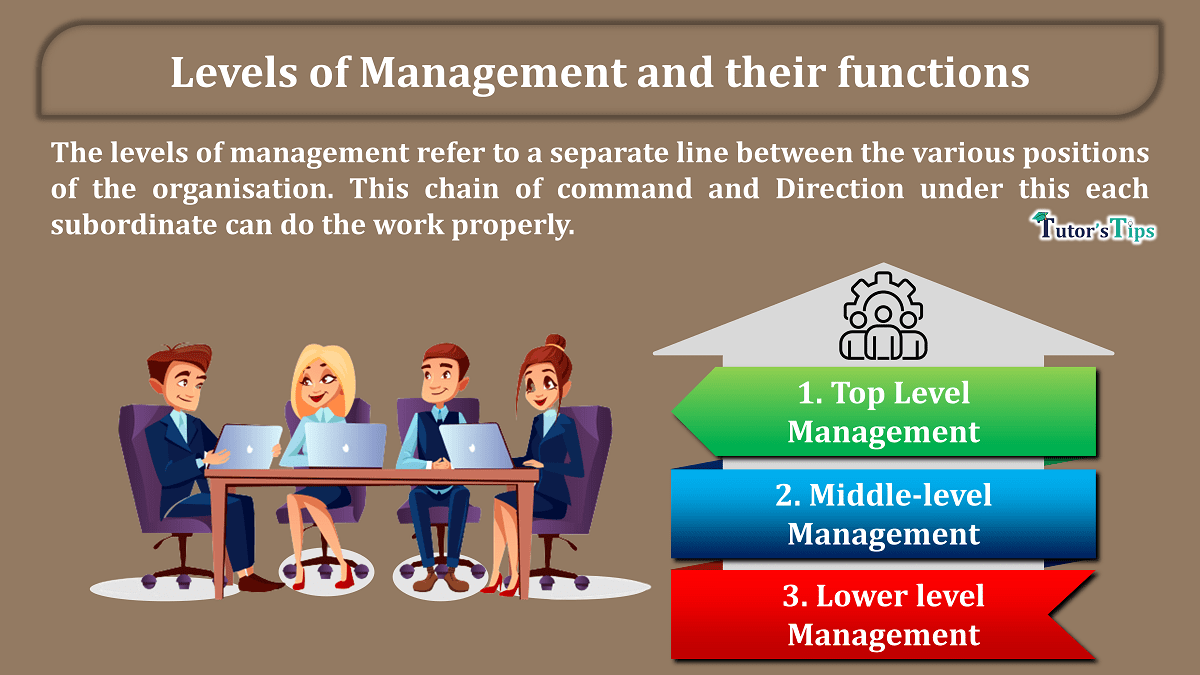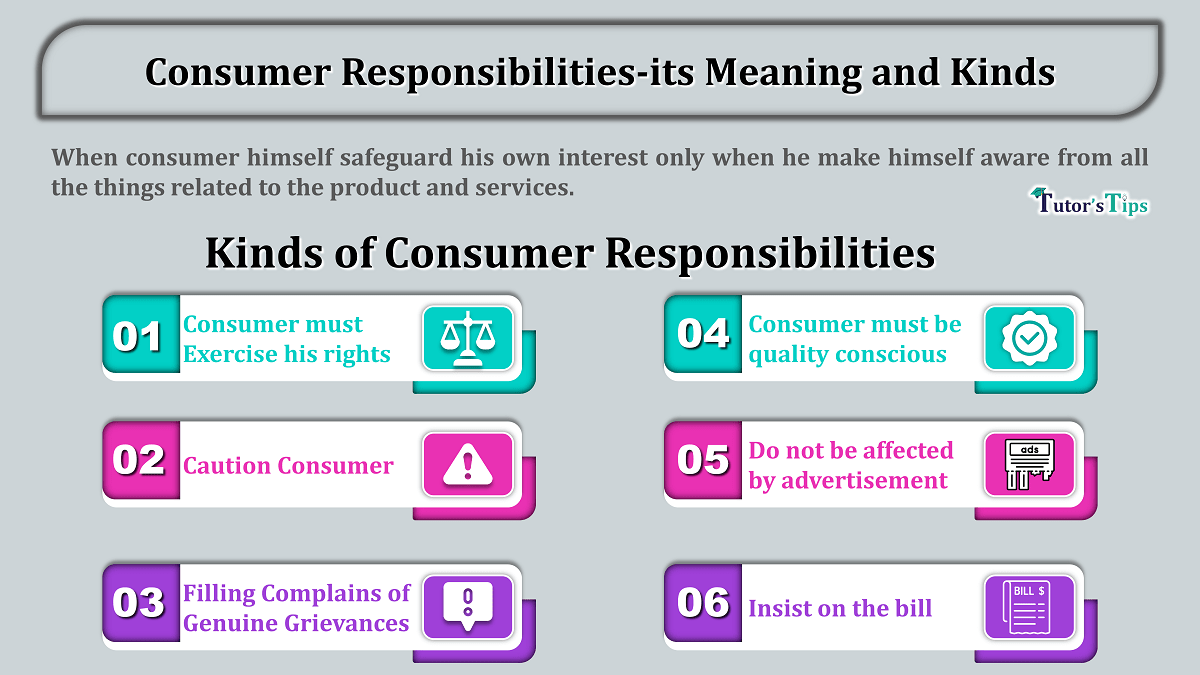The levels of management refer to a separate line between the various positions of the organization. These levels of management define the chain of command and Direction under this each subordinate or employee can do the work properly, and managerial positions enjoy the amount of authority and status in the organization.
Levels of management:
There is a large number of people employed in the companies and placed at different places to perform the activities. So to perform these activities the organization is divided into three levels which are as follows:
1. Top Level Management:
This is the senior-most level of the organization. Most of the major decisions are taken by top-level management. It includes Chairman, Board of directors, Managing director, General Manager, Chief Executive Officer, Chief Operating officer, etc. Managers are having maximum authority and other departments are following the guidelines and working under this level.
There are various functions of top-level management which are as follows:
1. Determining the objectives of the organization: In this, Managers are formulating the various long-term and short-term decisions for the organization. Managers draw up policies and objectives and the other departments are working according to these objectives. At this level, managers are devoting more time to planning and coordinating the activities of the organization.
2. Organising activities: At this level managers are assigning the jobs to the other people working in the middle level of the organization.
3. Assembling all resources: Top-level management also focuses on the assembling of the resources such as finance(long term and short term funds), fixed assets (land, building, machinery, furniture) to run the activities of the organization.
4. Co-operation with the outside world: Top-level management also creates and maintains relations with the suppliers, government, media, competitors for the long-term survival of the organization. The top-level management is working for long hours and doing very complex and stressful jobs.
In simple words, top-level management consists of Determination, Framing plans, Organising the functions, Assembling all the resources, Welfare, and survival of the organization, Link with the outside world.
2. Middle-level Management:
This is the second level of the organization. It includes Departmental heads for example production department head, purchase department head, sales department head, finance manager, marketing manager. They are responsible for executing the policies and plans made by the top-level managers.
Advertisement-X
Functions of middle-level management are as follows:
1. Interpretation of policies: Middle-level management acts as a middleman between the top level and lower level of the organization. This department is responsible to execute the plans given by the top-level management.
2. Recruitment of the required employees: At this level, managers recruit the appropriate candidates for their departments.
3. Motivation: For better performance and better results middle-level management motivate their employees by giving recognition to them. Departmental heads give monetary (cash) as well as no monetary( insurance, health care, education, etc) rewards to their employees so that they can be retained for long period and do their work properly.
4. Cooperate with other departments: This department is responsible for all the activities of first-line managers for the smooth functioning of the organization.
3. Lower level Management:
This level consists of the foreman, supervisor, clerk. In this level, managers pass on the instructions to the workers for performing the actual activities and they are responsible for reporting to the middle level. Lower-level managers have limited authority they have to perform according to the middle level.
Functions of lower-level management:
1. Representatives of the employee: At this level of managers are representing on the behalf of their employees. If any dispute arises then they pass to the middle level.
2. Security regarding work: Supervisors have a direct link with their employees, they provide a good environment, safety, and security to the workforce.
3. Motivation: supervisors develop team spirit and increase the morale of the employees so that workers can do their work with better utilization of resources and minimizing the cost.
Advertisement-X
4. Maintain the standard of quality: At this level, managers and supervisors make sure the quality of the products is maintained by the workers working under their guidance.
Thanks for reading the topic.
please comment your feedback whatever you want. If you have any questions, please ask us by commenting.
References: –
Also, Check our Tutorial on the following subjects:











Leave a Reply